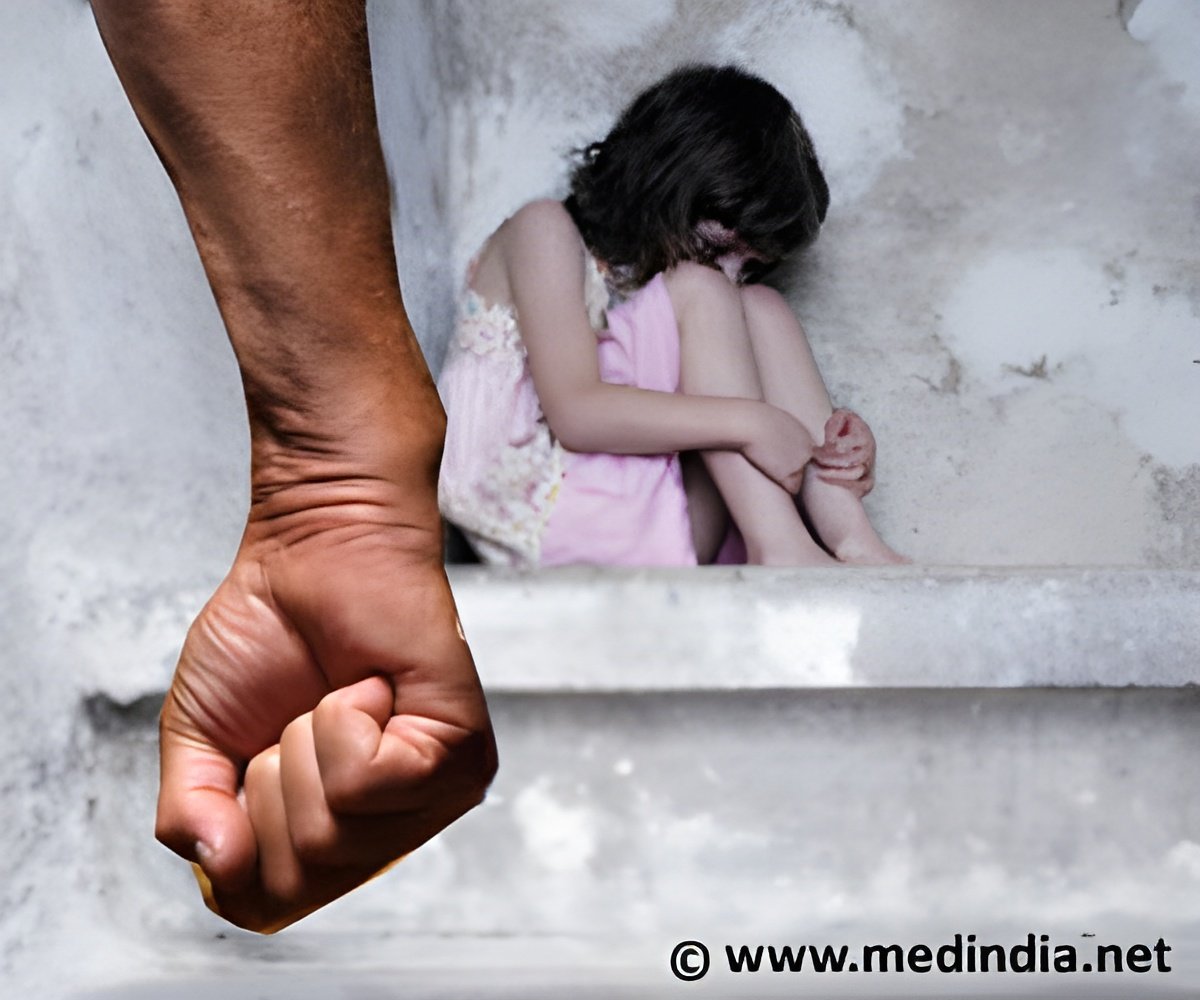Kids who experience trauma from violence and abuse are more likely to age faster, finds a new study.

“Exposure to adversity in childhood is a powerful predictor of health outcomes later in life--not only mental health outcomes like depression and anxiety but also physical health outcomes like cardiovascular disease, diabetes, and cancer,” said Katie McLaughlin, Ph.D., an associate professor of psychology at Harvard University and senior author of the study.
“Our study suggests that experiencing violence can make the body age more quickly at a biological level, which may help to explain that connection.”
Previous research found mixed evidence on whether childhood adversity is always linked to accelerated aging. However, those studies looked at many different types of adversity—abuse, neglect, poverty, and more—and at several different measures of biological aging. To disentangle the results, McLaughlin and her colleagues decided to look separately at two categories of adversity: threat-related adversity, such as abuse and violence, and deprivation-related adversity, such as physical or emotional neglect or poverty.
The researchers performed a meta-analysis of almost 80 studies, with more than 116,000 total participants. They found that children who suffered threat-related trauma such as violence or abuse were more likely to enter puberty early and also showed signs of accelerated aging on a cellular level–including shortened telomeres, the protective caps at the ends of our strands of DNA that wear down as we age. However, children who experienced poverty or neglect did not show either of those signs of early aging.
In a second analysis, McLaughlin and her colleagues systematically reviewed 25 studies with 3,253 participants that examined how early-life adversity affects brain development. They found that adversity was associated with reduced cortical thickness – a sign of aging because the cortex thins as people age. However, different types of adversity were associated with cortical thinning in different parts of the brain. Trauma and violence were associated with thinning in the ventromedial prefrontal cortex, which is involved in social and emotional processing, while deprivation was more often associated with thinning in the frontoparietal, default mode and visual networks, which are involved in sensory and cognitive processing.
Advertisement
The new research underscores the need for early interventions to help avoid those consequences. All of the studies looked at accelerated aging in children and adolescents under age 18. “The fact that we see such consistent evidence for faster aging at such a young age suggests that the biological mechanisms that contribute to health disparities are set in motion very early in life. This means that efforts to prevent these health disparities must also begin during childhood,” McLaughlin said.
Advertisement
Source-Newswise












